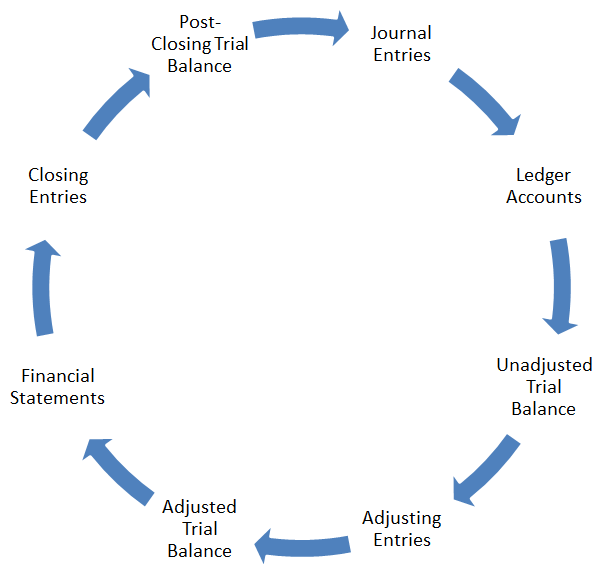Content

Compound InterestCompound interest is the interest charged on the sum of the principal amount and the total interest amassed on it so far. It plays a crucial role in generating higher rewards from an investment. Multiply the bond’s face value by the coupon interest rate. By multiplying the bond’s face value by its coupon interest rate, you can figure out what the dollar amount of that interest rate is each year. Sometimes when you look at bonds, you will see both a yield and a coupon. For example, the bond’s coupon may be 5%, and the bond’s yield may be 10%.
- During high inflation, the government hikes interest costs for the banks so that the excess liquidity would get arrested and would result in lower inflation and vice versa.
- At the maturity date, the carrying value of both a premium bond and a discount bond equals the face value.
- This means that when a bond’s book value decreases, the amount of interest expense will decrease.
- It considers the principal amount, quarterly compounded rate of interest and the number of periods for computation.
Every time interest is paid, the company must credit cash for the interest amount paid to the bond holder. The company must pay $6,000 in interest annually, so the company’s annual interest expense equals $5,000. Understand the method of arriving at an effective interest rate for a bond. Multiply the amount your company needs to burrow times the current interest rate it is paying. This figure is the amount of additional interest expense your business will incur in the upcoming year. Work out your annual growth rate – Determine how much your company’s revenue has grown over the last three years.
How does a bond issuer benefit from issuing a bond at a discount?
INVESTMENT BANKING RESOURCESLearn the foundation of Investment banking, financial modeling, valuations and more. Daily Compound InterestDaily Compound Interest refers to the total interest amount, including the amount of interest earned on the initial principal & the amount of interest earned daily. It might be higher than Monthly or Quarterly Compound Interest due to the high compounding frequency. The Below table provides the detailed calculation of the interest expense for various compounding periods.
- Bonds can be purchased from a government agency or a private company.
- Under the effective interest rate method the amount of interest expense in a given year will correlate with the amount of the bond’s book value.
- When the bond is paid at maturity, the repayment of $100,000 includes $13,770.32 of interest.
- The interest coverage ratio is a debt and profitability ratio used to determine how easily a company can pay interest on its outstanding debt.
When the bond is paid at maturity, the repayment of $100,000 includes $13,770.32 of interest. The major difference between a zero-coupon and a par value bond is that the interest how to find bond interest expense of $13,770.32 is never reported as a cash flow from operations for a zero-coupon bond. The coupon rate and face value are used to calculate actual cash flows only.
Where does the Expense Appear on the Income Statement?
Gati Ltd. has long term Loan of INR 216 Cr on 31st March with a simple interest rate of 8.5% per annum and a Short-term loan of INR 105 Cr during that time period with a rate of interest of 10% per annum. The result you get after using the calculations shows the annual interest expense the company incurs each year for borrowing money via a bond. To calculate the after-tax interest expense on a bond, you will need to follow several steps. First, calculate the amount of interest due on your loans this year. If a month goes by without you paying any interest, you record that amount in Interest Payable. Interest expense is the total amount a business accumulates in interest on its loans.
A bond premium represents the amount over the face value of the bond that the issuer never has to return to the bondholders. In effect it reduces the higher-than-market interest rate that the issuer is paying on the bond. It must be allocated over the life of the bond as a reduction of interest expense each period. Debt equals present value of the future interest and principal payments.
Step 2: Determination of Bond Price
When a bond is issued at a premium or discount, the excess amount undergoes amortization over the life of the bond. And every six months, when coupon payments are issued, the company will incur an interest expense, which must be recorded in its income statement. At the time of issuance, the firm receives proceeds from issuing the bond. A bond payable is valued at the present value of its future cash flows . These cash flows are discounted at the market rate of interest at issuance.
What is the bond interest expense?
Bond interest expense is the aggregate interest expense incurred during a reporting period for an organization's bonds payable. This expense includes the amortization of any premium or discount on issued bonds for the reporting period, which is based on the price at which they were sold to investors.
It is a short term interest rate which is used by the central banks to issue loans. Cost Incurred By The EntityIncurred Cost refers to an expense that a Company needs to pay in exchange for the usage of a service, product, or asset. This might include direct, indirect, production, operating, & distribution charges incurred for business operations. From the above results, it can be inferred that all other factors being equal, the simple interest method and compound interest method yield equal interest expense if the no. of compounding per year is one. Further, under the compound interest method, the interest expense increases with the increase in the number of compounding per year.

